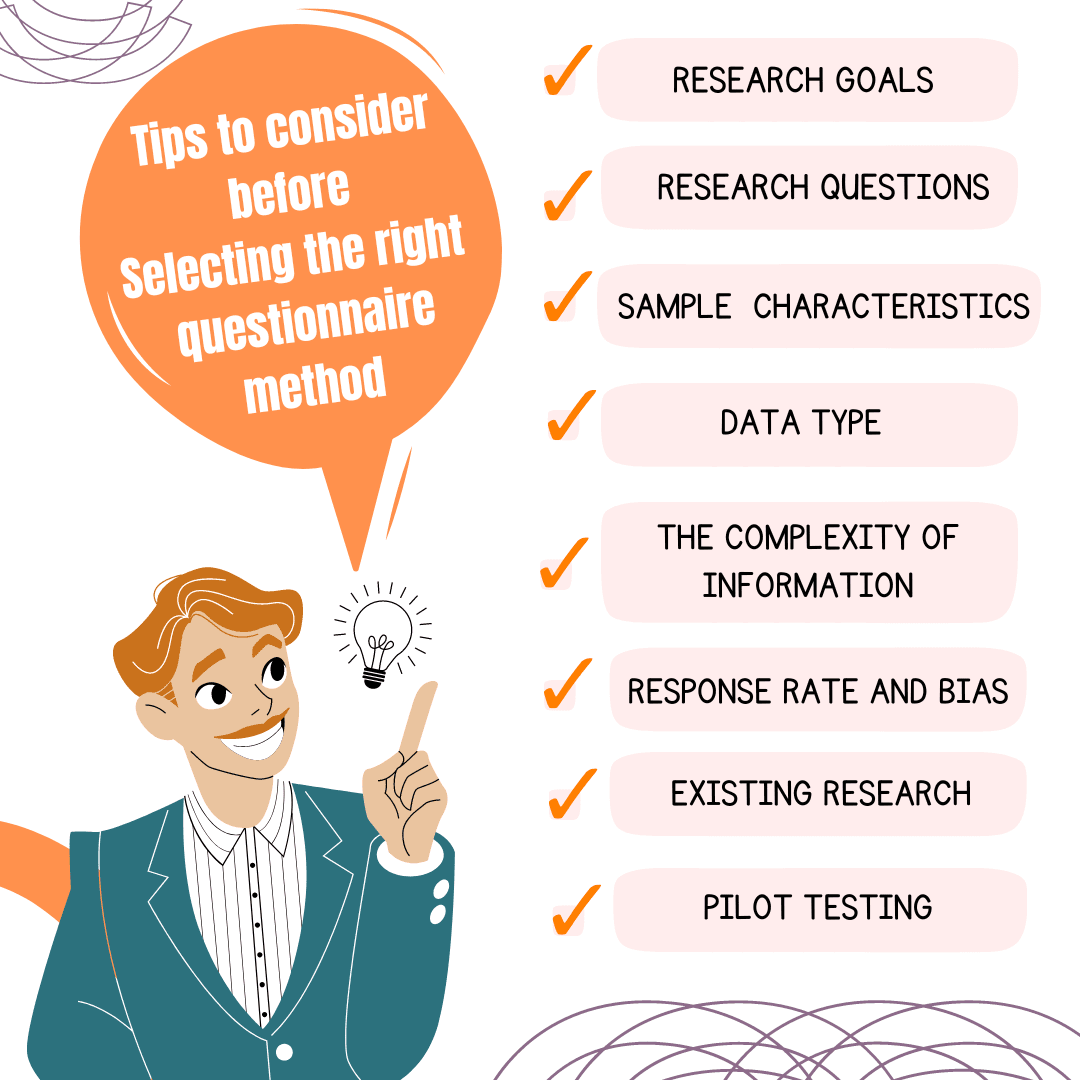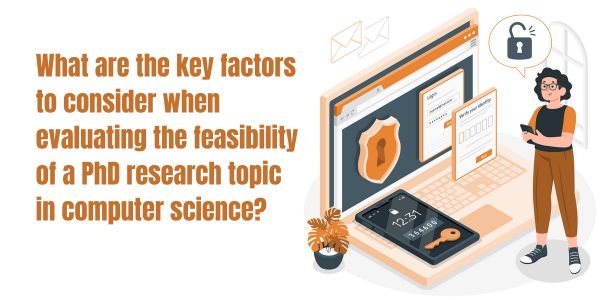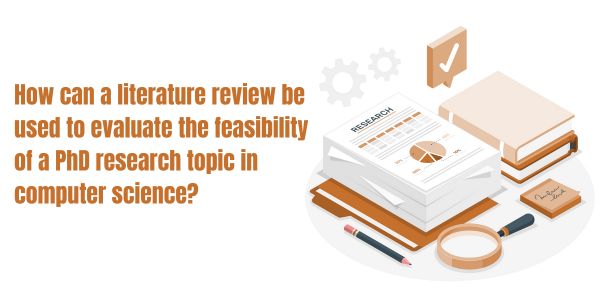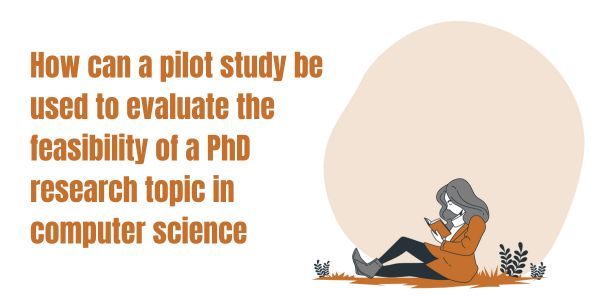It is challenging to keep the difference between the four statistical techniques aligned. These four similar but still different techniques are ANOVA, ANCOVA, MANOVA, MANCOVA. Before we start to appreciate the differences between these four techniques, it is helpful to review the similarities between them.
Almost every researcher would feel trapped when it comes This statistical soup of the four techniques. Most novice researchers feel confused and trapped when it comes to making logical comparisons between ANOVA, ANCOVA, MANOVA, MANCOVA. Let us understand the analogy between them.
ANOVA
The expansion of the term ANOVA is Analysis of Variance. It is the fundamental element of the four techniques. In ANOVA there is only one dependent variable. In statistics, when there is a comparison between two or more than two means at the same time, the technique used for comparison is ANOVA. The values and results given by ANOVA are used to find if there is any relationship between the different variables. If we have to find out if the means of two or more groups are equal, then ANOVA comes to our rescue through a test known as T-test. ANOVA as a statistical technique is extremely helpful in avoiding TYPE 1 Error, especially when one has to carry out multiple, two sample tests. Another very useful feature of ANOVA is that it can compare the scale or interval variables, also known as the continuous variables. There are three distinct models in ANOVA:
- Fixed Effect Model: This is subjected to one or more than one treatment to identify whether the value of the response is changing.
- Random Effect Model: When the treatment that is applied to the subject is not fixed the random effect model is used.
- Mixed Effect Model: This Model has got dual effects, the fixed as well as the random effects and is applied to experimental factors.
Primarily, we see two types of ANOVA being used, One way ANOVA and two-way ANOVA. In one-way ANOVA the levels are compared. We can also call them as groups. But they are of a single factor and are based on a single continuous response variable.
In the case of two-way ANOVA, it compares the levels of two or more factors for the mean differences on a single continuous response variable. In application, the use of one-way ANOVA is more common in practice. So, whenever the term ANOVA is used without specifications, by default the interpretation is one way ANOVA only.
| BASIS FOR COMPARISON | ONE WAY ANOVA | TWO WAY ANOVA |
| Meaning | One way ANOVA is a hypothesis test, used to test the equality of three or more population means simultaneously using variance. | Two way ANOVA is a statistical technique where in, the interaction between factors, influencing variables can be studied. |
| Independent Variable | One | Two |
| Compares | Three or more levels of one factor. | Effect of multiple levels of two factors. |
| Number of Observations | Need not to be the same in each group. | Need to be equal in each group |
| Design of experiments | Need to satisfy only two principles | All three principles needs to be satisfied |
Let us understand better by looking at examples of one way and two-way ANOVA
Example of one-way ANOVA
A class of 90 students is randomly split into three different groups. All the three groups are assigned for a test after fifteen days. The test will be for the same syllabus and a common question paper. However, the studying technique given to all the three groups is different. The purpose of the study will be to determine if the technique of study has any impact on the study scores. One-way ANOVA will work here to identify if there is a statistically significant difference between the mean scores of these three student groups. This will help us know if the technique of study has any impact on the scores of the test.
Example of Two Way ANOVA: This is used to determine how two factors impact a response variable, and to find out whether there is an interaction between the two factors on the response variable.
From your research you want to know if your level of fitness regime (no regime, light, moderate or heavy regime) and gender (Male/female) has some kind of impact on weight loss. Here there are two factors involved in the study. These two factors are fitness regime and gender and the response variable here is weight loss. Here two-way ANOVA is conducted to identify the impact of type of fitness regime as well as gender on the weight loss and to know if there exists an interaction re relationship between the independent and dependent variables which are type of exercise, gender, and weight loss. The below flowchart explains this better.
ANCOVA
A layman or someone who has no understanding of statistical techniques would express his understanding of the difference between ANOVA and ANCOVA as the letter “c”. But if they are two different words with different spellings, even if with the slightest of variation then it is with a purpose. Both these techniques are different from each other. ANCOVA is different from ANOVA for it has a single continuous response variable. ANCOVA can make an explicit distinction and comparison between the response variable with both continuous independent variable and factor. The continuous independent variable in ANCOVA is called a covariate. ANCOVA is not limited to comparative analysis but is also seen in getting used with a single response variable, continuous independent variable with no factors attached. This kind of analysis has another nomenclature, which is regression.
Example of ANCOVA:
Taking the same example forward we used a one-way ANOVA, the class of 90 students being split into three groups of 30 students in each group and each group used a different study technique for the same exam to be taken after a period of one month. But if we want to further account for the grade the student already has in the class, the current grade is used as a covariate. ANCOVA is applied to determine if there is a statistically significant difference between the mean scores of the three groups.
This test not only allows us to know if the studying technique has an impact on the scores of the test but it also tests the same after the influence of the covariate has been removed.
Thus, if we find that there is a statistically significant difference in exam scores between the three studying techniques, we can be sure that this difference exists even after accounting for the student’s current performance or grades in the class, which means their present performance in the class is satisfactory or not.
Let us summarize the difference between ANOVA and ANCOVA from this tabular representation
| Particulars | ANOVA | ANCOVA |
|---|---|---|
| Stands for | Analysis of Variance | Analysis of Covariance |
| Meaning | It is a statistical method to test the variance or differences between the means of three or more groups | It evaluates the mean of a dependent variable based on a categorical independent variable while considering and controlling the effects of covariates |
| Uses | Can blend linear and nonlinear models | A linear model is used alone |
| Involves | Categorical independent variables | Categorical and metric independent variables |
| Covariate | Neglects the influence of covariates | Considers and controls the effect of covariates |
MANOVA
In statistics, MANOVA contains multiple dependent variables. It helps to identify the difference between two or more than two dependent variables at the same time. It helps to surface out the interactions between dependent and independent variables. MANOVA is nothing but another type of ANOVA and it has two or more continuous variables. If the researcher wants to compare two or more continuous response variables with the help of a single response factor, then one-way MANOVA works fine. The need for two-way MANOVA arises when two or more continuous variables are there and they have to be compared with at least two factors. In ANOVA a T test is used when calculating or working with a single response variable or binary factor. But a T test does not have the capability to calculate the distinctions for more than one response variable at the same time. That is the reason it is not being used in MANOVA.
Example of One-Way MANOVA:
Like explained above, MANOVA is used when one factor and two response variables. So let us understand this better with an example. We want to understand how the level of academic qualification of a person (high School, Undergraduate, Masters, Doctoral degree) impacts the annual income and the amount of student loan debt. Here there is a single factor which is the level of qualification of a student and two response variables which are the annual income and student loan or debt, so one-way MANOVA will be used here.
Two-Way MANOVA Example: Here we intend to find out how level of education and gender has an impact on both annual income and amount of student loan debt. In this case, we have two factors (level of education and gender) and two response variables (annual income and student loan debt), so we need to conduct a two-way MANOVA.
MANCOVA
Like the slight variation in spelling that exists between ANOVA and ANCOVA, the similar difference exists between MANOVA and MANCOVA. “C” Here also the addition of C makes the application of two words distinct. “C” stands for covariance. Both MANOVA and MANCOVA show two or more response variables but the main difference between them is the characteristics of the Independent Variables. MANCOVA compares two or more continuous response variables by levels of factor variables along with a covariate.
Assumptions
The Assumptions of MANCOVA are the same as the assumptions for MANOVA, with an inclusion of a few more for covariance. As one can imagine for a complex test in comparison to a relatively easier one, such as the Z test, these assumptions are lengthy and somewhat complex. This is one reason why these tests are nearly always performed using software, as most statistical software will test for these assumptions before running the test.
- Covariates and dependent variables are Assumptions
- The assumptions for MANCOVA are the same as the assumptions for MANOVA, with the addition of a couple more for covariance. As you would expect with a complex test (compared to a much simpler test like a z-test), these assumptions are lengthy and somewhat complex. This is one reason why these tests are nearly always performed using software, as most statistical software will test for these assumptions before running the test.
- Covariates and dependent variables are continuous and ratio/ ordinal.
- Covariance matrices should be equal (reduces Type I error).
- Independent variables are categorical.
- Independence of variables: the variables do not influence each other.
- Random sampling: the data was collected using a random selection method.
- Normality: the dependent variables follow a (multinomial) normal distribution for each group.
- Absence of multicollinearity — the dependent variables shouldn’t be significantly correlated.
- Homogeneity of variance between groups.
- Covariance Matrices should be equal
- The independent variables are categorical
- The variables are independent of each other and do not influence each other
- The sampling technique used is simple random sampling
- There is normal distribution of the dependent variable for each of the groups
- There should not be a lot of correlation between the dependent variables: multicollinearity should not be there
- There should be homogeneity between the groups
Example One-way MANCOVA
In MANCOVA, which is like MANOVA, the only difference being that we add a covariate. So, taking the same example we took for MANOVA, we intend to find out how a student’s level of education impacts both their annual income and amount of student loan debt. In addition to that we also want to include the annual income of the parents into consideration. So, here we have one factor (level of education), one covariate (annual income of the students’ parents) and two response variables (annual income of student and student loan debt), so we need to conduct a one-way MANCOVA.
Example Two-Way MANCOVA
We want to know how a student’s level of education and their gender impacts both their annual income and amount of student loan debt. However, we want to account for the annual income of the students’ parents as well. In this case, we have two factors (level of education and gender), one covariate (annual income of the students’ parents) and two response variables (annual income of student and student loan debt), so we need to conduct a two-way MANCOVA.
Conclusion
Easy hack, how to distinguish one test from the other
MANCOVA, MANOVA, ANOVA, ANCOVA: it can all get a little confusing to remember and distinguish one from the other. However, all the tests can be thought of as variants of the MANCOVA, if you register that the “M” in MANCOVA stands for Multiple and the “C” stands for Covariates. Tests can be thought of as a MACOVA…
- ANOVA: … without multiple dependent variables and covariates (hence the missing M and C).
- ANCOVA: …without multiple dependent variables (hence the missing M).
- MANOVA: …without covariates (hence the missing C).










